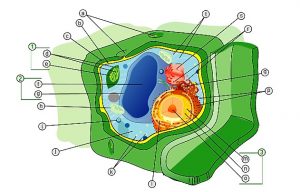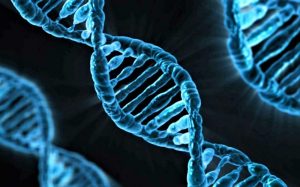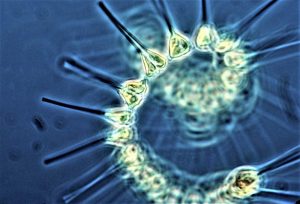Terrestrial ecosystem
There are a variety of different ecosystems around the world. Remember that an ecosystem is a group of communities of both living and inert things that are related to each other. While there are many ecosystems on earth and water, terrestrial ecosystem is only found on earth. Biotic beings found in this type of ecosystem include a wide variety of life forms, such as plants and animals. The abiotic or non-living elements found in such an ecosystem include the forms of land and climate that predominate in a given place.
What is a terrestrial ecosystem?
The terrestrial ecosystem is one in which animals and plants live in the soil and air, where they find what they need to live, each of these animals and plants have different characteristics and they need to adapt to the place where they live.
Terrestrial ecosystem characteristics
- Animals and plants live on land and air.
- They are classified according to abiotic factors.
- The flora and fauna depend on each other.
- Animals, birds and plants adapt to the habitat in which they live.
- When changes occur and species fail to adapt, extinction
Parts
Components found in a terrestrial ecosystem are, therefore: the biotic part that includes everything related to land or soil, vegetation, aerial and terrestrial animals, decomposing organisms, and part or abiotic factors such as sun, rain, wind, erosion, temperature and climate change.
Terrestrial ecosystem types
There are several types of terrestrial ecosystem that we mention below:
- Tundra: is located between the Arctic Ocean, filled with coniferous forests and extends over a vast area in North America, Europe and Asia. The animals we can find are, for example: arctic fox, polar bear, snowy bear.
- Taiga: This is the most extensive biome On Earth and extends into northern Europe, Asia and North America, and has more moderate temperatures than the tundra, however, they always reach below freezing point. The dominant vegetation includes perennial conifers with some pines and firs, their forests are dense and always remain green. The animals that inhabit the place are small birds that eat seeds and predators like falcons, pumas, Siberian tigers, wolves, etc.
- Temperate deciduous or Mediterranean forests: Extend over central and southern Europe, eastern North America, western China, Japan, New Zealand, etc. The flora includes trees such as oak and maple. Most animals are vertebrates and invertebrates. It is characterized by a warm summer and a mild, low-rainfall winter. This type of biome is used as a focus for migratory birds.
- Tropical rainforest: Found in tropical areas of high rainfall mainly in the equatorial regions of Central America and North South America. Broad-leaved perennials are found.
- Savannah: a tropical region dominated by grasses with dispersed trees and fire-resistant trunk shrubs. Fauna includes a great diversity of herbivores and explorer animals such as antelopes, buffaloes, zebras, elephants and rhinoceroses. It has a dry and rainy season and its soil is clayey and impermeable.
Terrestrial ecosystem fauna and flora
Terrestrial fauna are groups of animals that live in a geographic area and are found in a given ecosystem. The study of these animals is known as zoogeography. Fauna is dependent on abiotic and biotic factors, competition and predation of species. The Terrestrial flora implies the group of vegetal species that are in a determined territory. Depending on the geographical location, the flora is considered both abundant and poor, so we can say that it is very variable. It consists of all plants that grow either on land or in the sea, from giant trees to seaweeds.
Climate and temperature
In reality, both climate and temperature will depend on the type of ecosystem we are referring to and, in fact, both issues are part of the most important aspects that are taken into account when making an appropriate ecosystem classification. Sunlight, radiation, amount of rain, humidity, latitude and altitude are some of the aspects that determine the climate and the type of flora and fauna of a place.
Importance
Ecosystems are important to man because they give him a wide range of benefits for life, from trees used to extract wood and build, to some types of animals needed to survive.
Examples
- Tropical forests.
- Temperate forests.
- Grasslands, scrubland savannas.
- Serum formations.
- Mangroves.
How to cite this article?
Briceño V., Gabriela. (2019). Terrestrial ecosystem. Recovered on 24 February, 2024, de Euston96: https://www.euston96.com/en/terrestrial-ecosystem/










